With a history spanning more than 5,000 years, Indian culture is one of the oldest and richest cultures in the world. It is a diverse and multifaceted society that has evolved over many years due to history, conquest, trade, and migration. India has more than 1.4 billion population and many distinct ethnic groups, dialects, religions, and customs.
Here’s a look at India’s intangible heritage according to UNESCO:
Ramlila
Ramlila is an adaptation of the Ramayana epic that features songs, dialogues, narratives, and recitals in a sequence of episodes. It is conducted throughout northern India during the yearly Dussehra celebration. Ayodhya, Ramnagar, Benares, Vrindavan, Almora, Sattna and Madhubani hold the best Ramlilas.

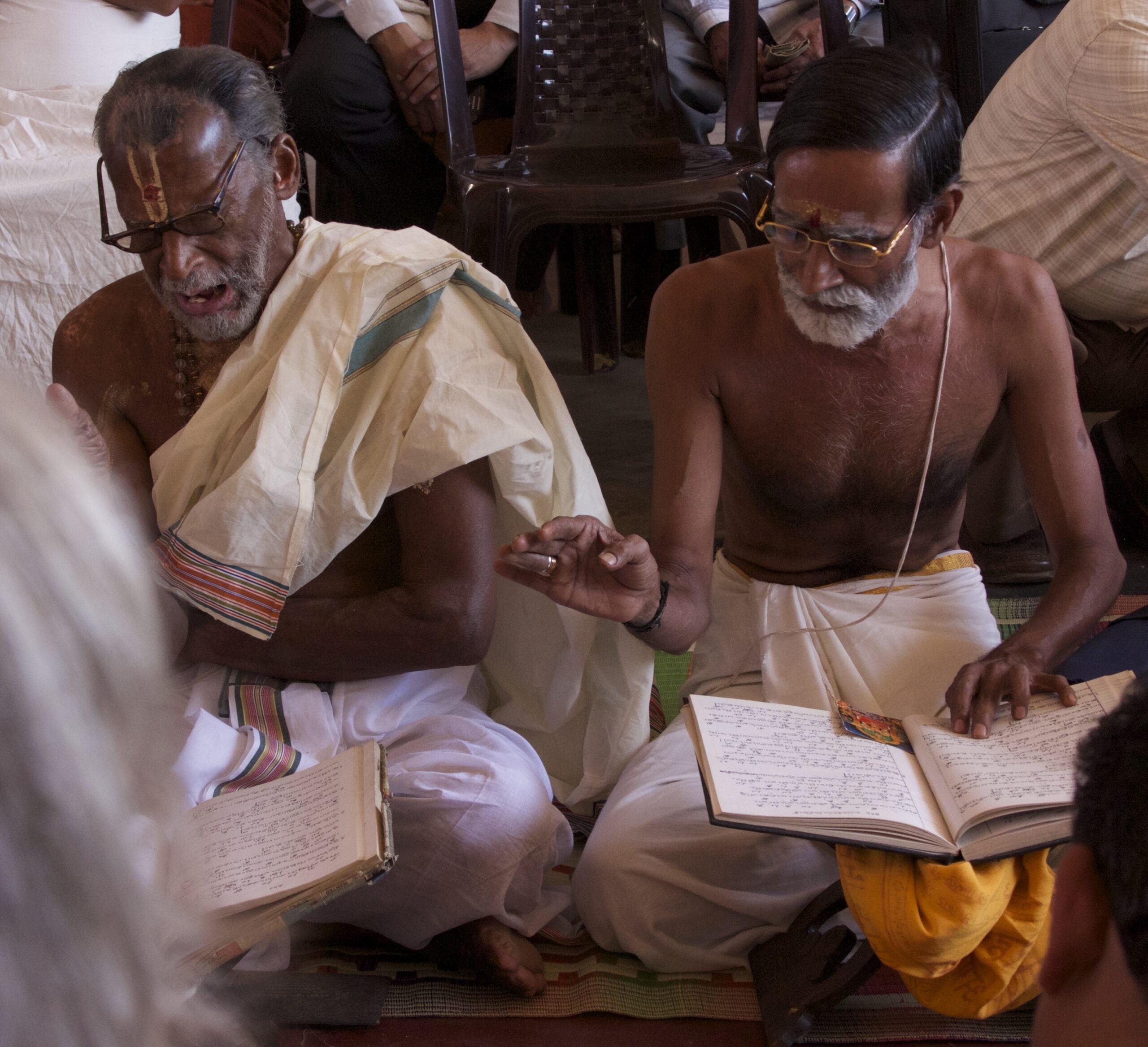
Vedic Chanting
The Vedas represent one of the oldest still-practicing cultural traditions in India. Hindus consider it the basic source of knowledge and the spiritual core upon which their religion is based. It was written and developed by the Aryans around 3,500 years ago. Vedas consist of a remarkable assortment of Sanskrit poetry, philosophical scrutiny, mythological and traditional tales, and ritual prayers. Also, there are 4 types of Vedas – the Rigveda, the Yajurveda, the Samaveda and the Atharvaveda.
Kutiyattam
“acting together”
“an extraordinary form of Sanskrit theatre”
“recognised by UNESCO as a masterpiece”
It is again one of the oldest cultural theatrical customs with a history of over 2,000 years. Kutiyattam is a traditional performing art usually held in major Kerala temples or other sacred spaces. It is a blend of dance, music and drama to represent the Hindu epics (such as Ramayana and Mahabharata) and the local traditions of Kerala. The performances are highly stylized, including intricate hasta abhinaya (hand gestures), neta abhinaya (facial expressions), and body movements. Moreover, the actors are highly trained & specialized. A single act can last several days.
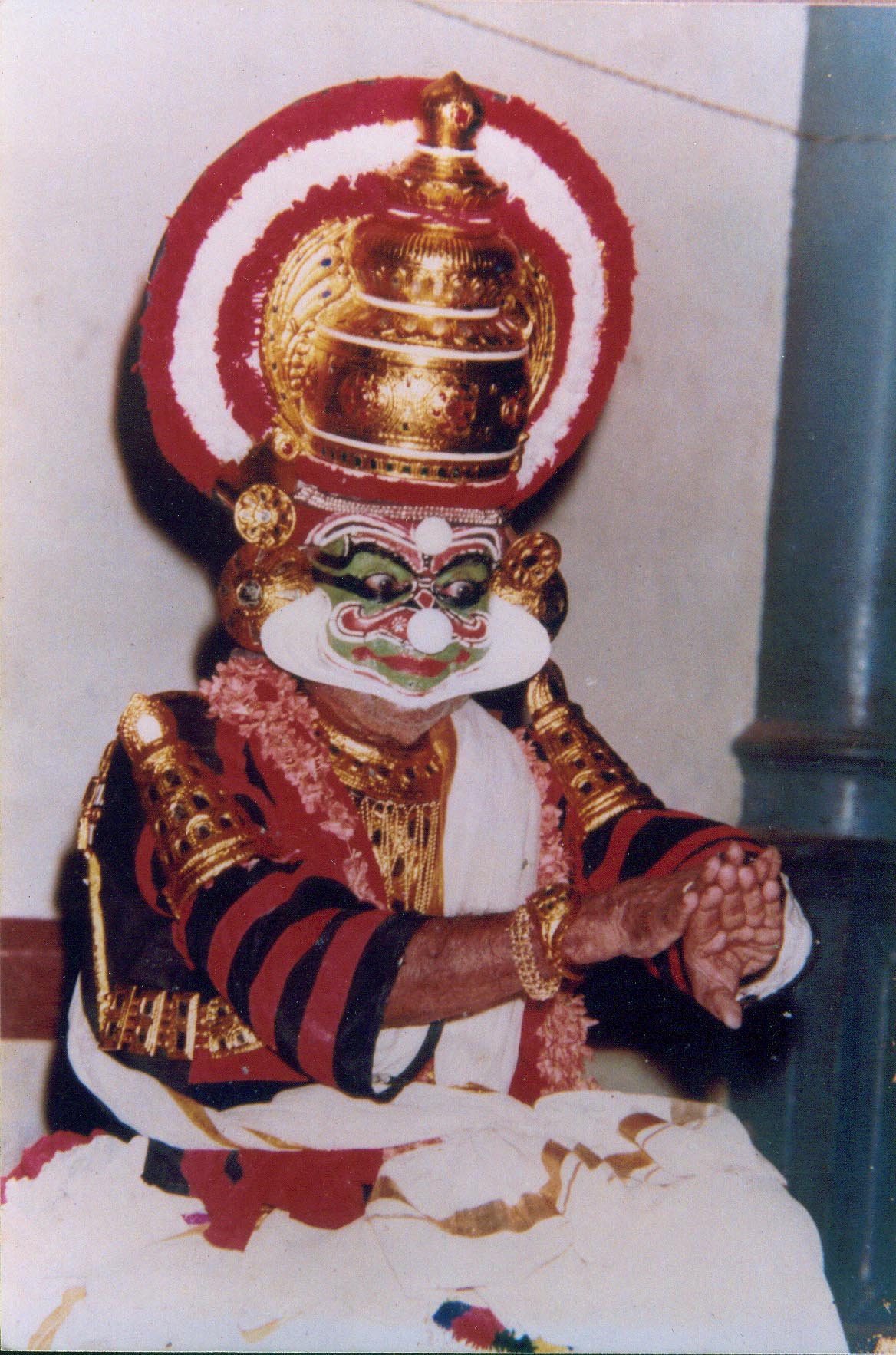
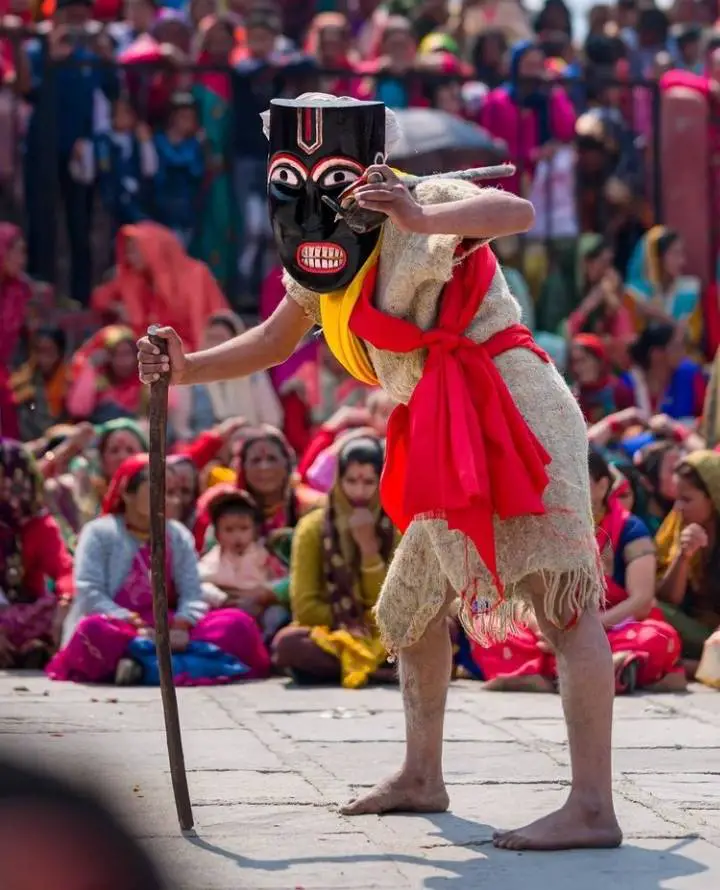
Ramman
Ramman is a traditional ritual theatre, and a religious festival celebrated in the Garhwal area of Uttarakhand. It takes place every year around late April. The local god Bhumiyal Devta is the event’s focus. The event includes rituals like reciting Ramayana’s epics, music and dance performances. Intricate footwork, acrobatic movements, and colourful costumes characterize these dances. The dancers also carry elaborate wooden masks depicting various Hindu mythology characters.
Mudiyettu
Mudiyettu is a sacred ritual folk dance and drama performed in the southern state of Kerala. The dance-drama narrates the story of the goddess Kali’s victory over the demon Darika. The performers use elaborate headgear, masks, and body paint to depict the various characters in the story, including Kali, Darika, and other demons. Besides, the word “mudiyettu” means “the wearing of the crown” in Malayalam and refers to the moment when the performer dons the headdress of the goddess Kali.
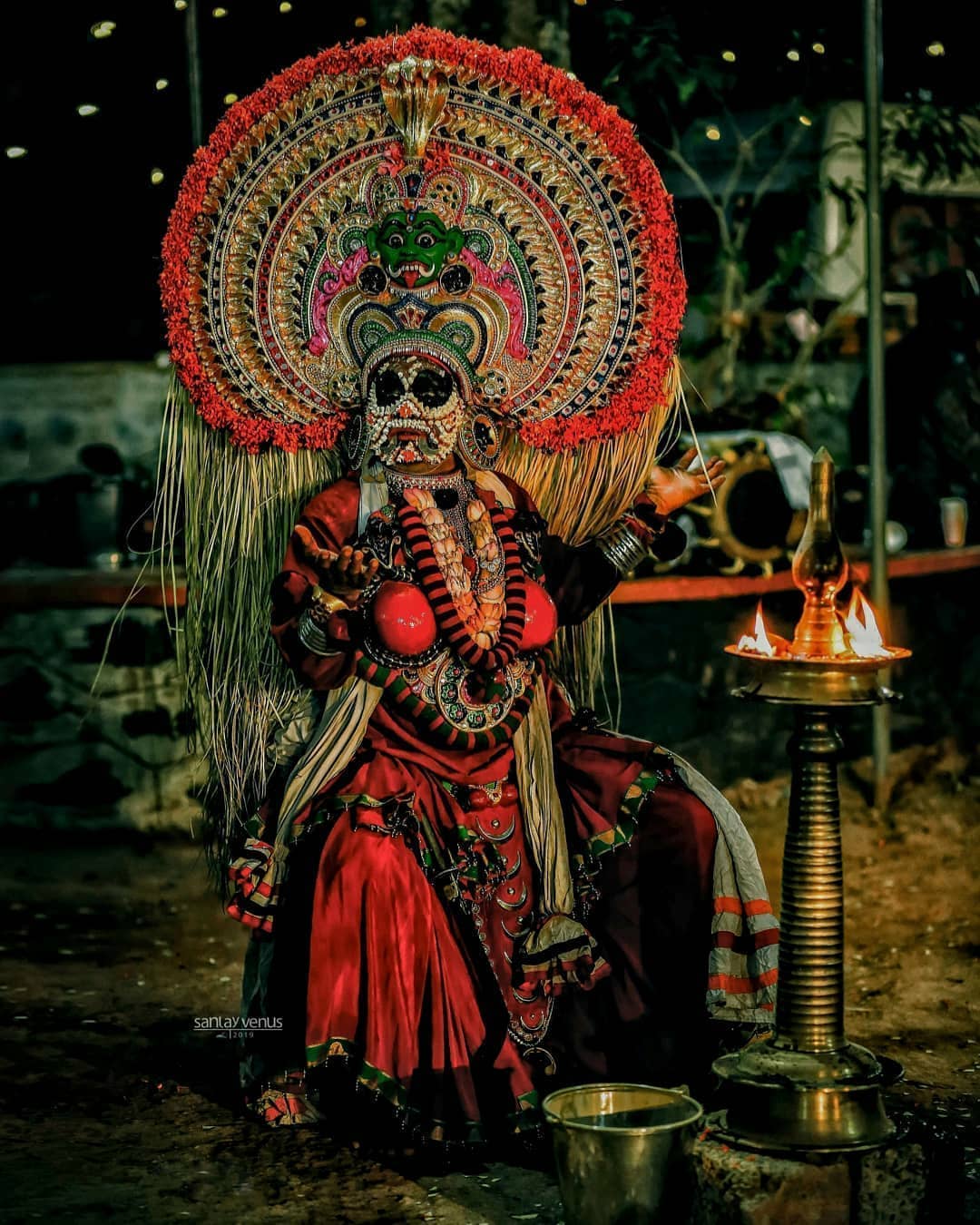
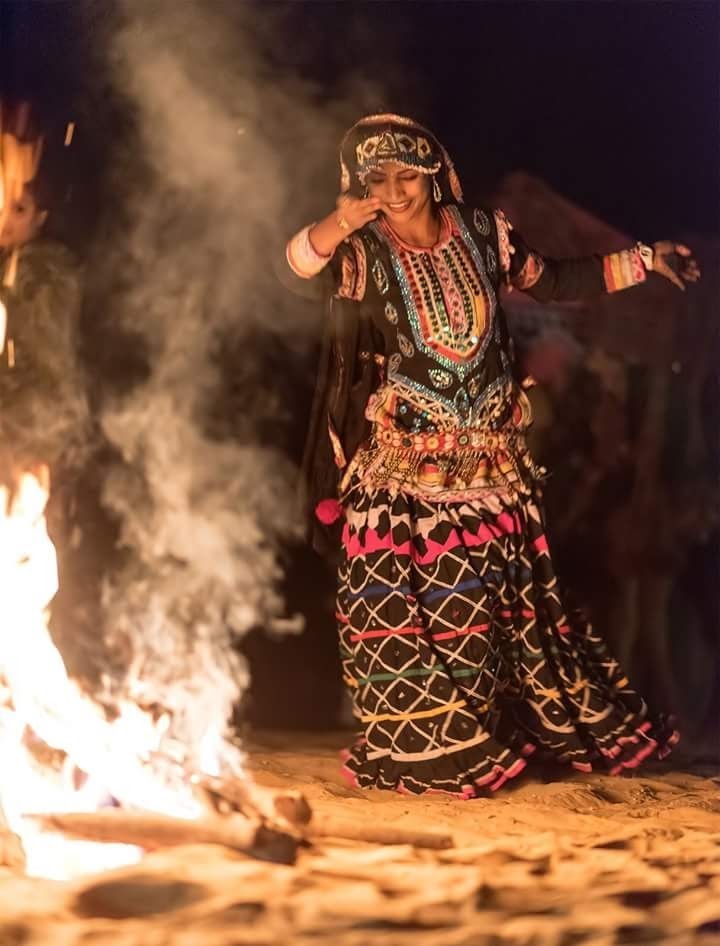
Kalbelia
Kalbelia is a traditional folk dance and music style performed by the Kalbelia people in Rajasthan. They are a nomadic group of snake charmers. They are renowned for their distinctive dance and musical traditions as well. Women in traditional black swirling skirts and jewellery, richly embroidered with small mirrors and a silver thread, mimic the motion of a serpent and perform the Kalbelia dance. The pungi, a wind instrument played by the men, provides the melody as the dancers move their bodies flexibly. Kalbelia songs depict traditional folk and mythological stories.
Chhau dance
Chhau dance is a traditional folk dance originating from the eastern Indian states of Jharkhand, West Bengal, and Odisha. It is a unique fusion of martial arts, dance, and drama. Presented at festivals and special events. It depicts scenes from local traditions, Mahabharata and Ramayana and other themes. Seraikella, Purulia, and Mayurbhanj are the three styles. Each style has its own costumes, musical instruments, and dance techniques. The most popular form is Seraikella, distinguished for its fragile movements and beautiful masks. It is done in an open area at night. Following, traditional and folk music played on the reed pipes mohuri, shehnai and dhol.
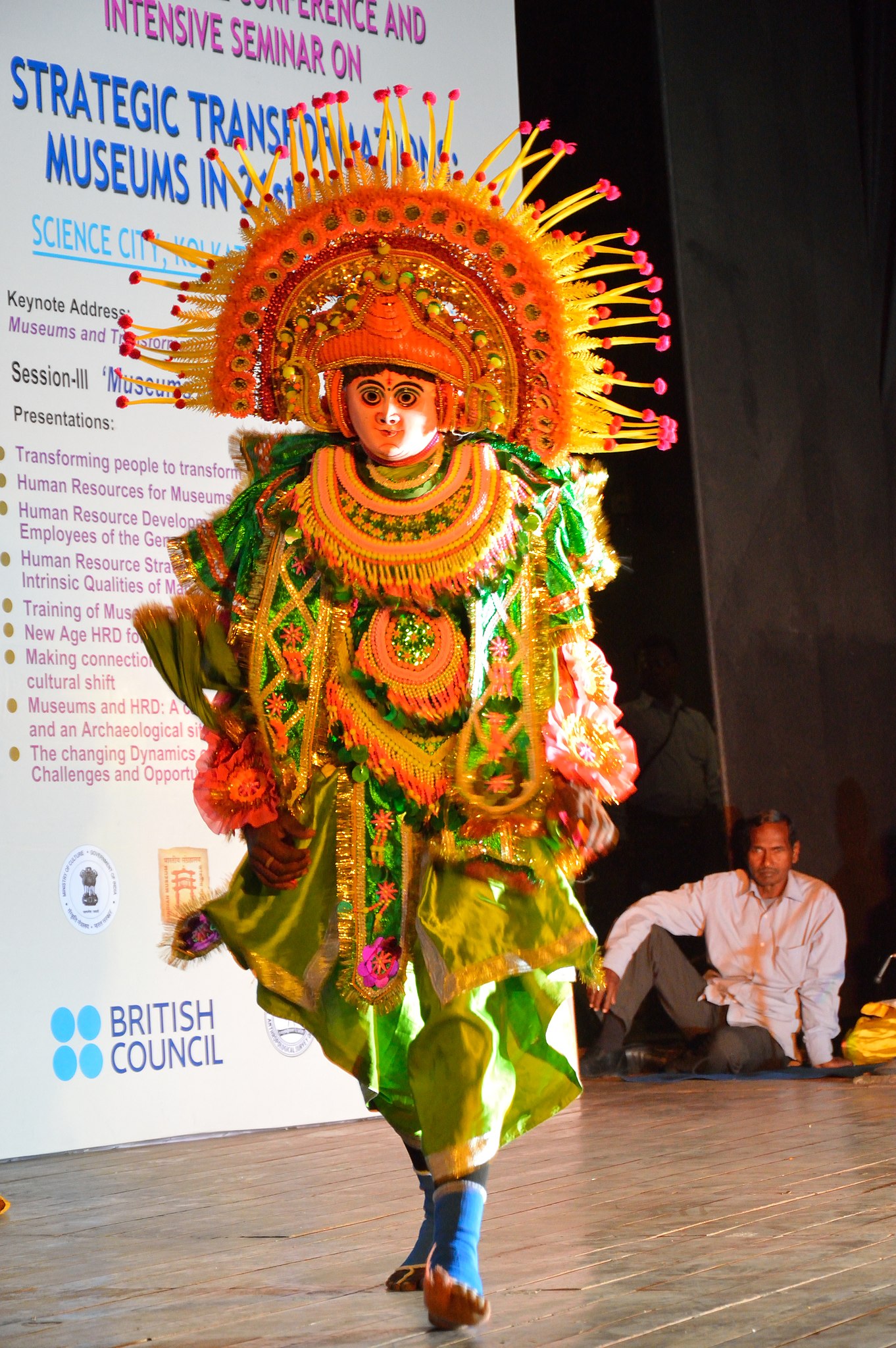
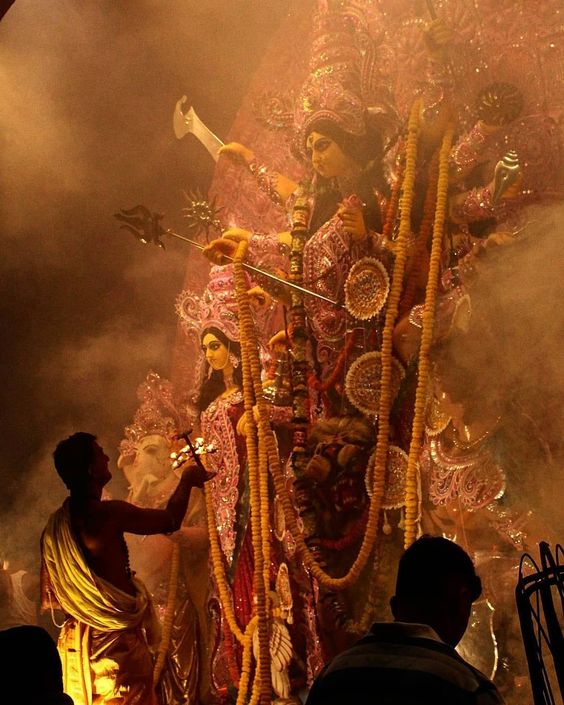
Durga Puja
Celebrated all over India, Durga Puja is a famous Hindu holiday. Particularly celebrated in the eastern regions of West Bengal, Assam, and Tripura. It is dedicated to worshipping Goddess Durga, who stands for feminine strength and the triumph of good over evil. Typically lasting ten days, the festival takes place in September or October. Mahalaya, the first day of the celebration, is when Durga Puja preparations officially start. The next three days, Saptami, Ashtami, and Navami, are dedicated to prayers, rituals, and participation in cultural activities, including music, dance, and theatre performances. The idol of Goddess Durga gets immersed in a river on the fifth and final day, known as Vijayadashami or Dussehra, as a representation of her return to her heavenly dwelling.
Nowruz
“Persian New Year”
An ancient festival that marks the beginning of spring and the start of a new year in the Persian calendar. It is commemorated on March 21 for people from the Parsi community in Iran, India, Pakistan, Turkey and others. A variety of traditions and rituals marks the 13-day Nowruz festival. People often visit friends and family members during Nowruz, give presents, and take part in cultural activities like poetry readings and musical & dance performances. Besides that, water and fire, handicraft making, traditional sports and displaying colourful eggs are also some traditions. The Haft-Seen table, a traditional table arrangement with seven articles that begin with the Persian letter “sin” and represent various aspects of life, including prosperity, fertility, and health, is one of the main traditions of Nowruz.
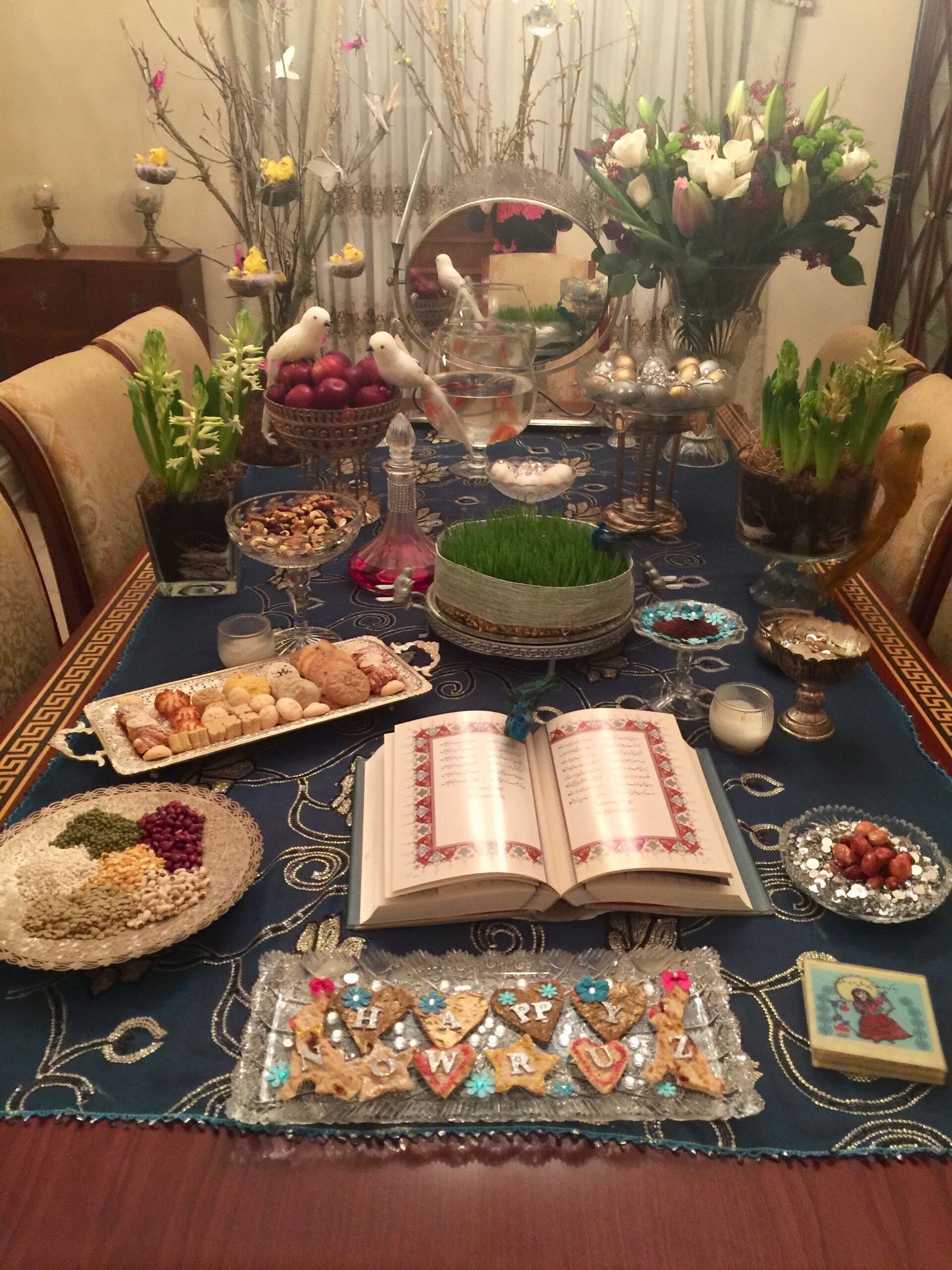
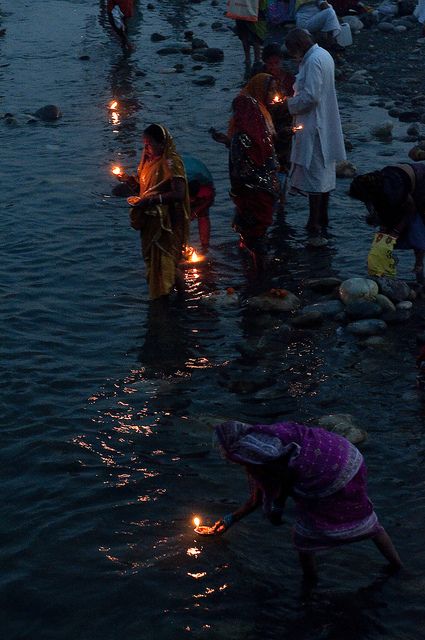
Kumbh Mela
Kumbh Mela is a major Hindu pilgrimage and festival held in India. Millions of devotees from India and worldwide participate in this religious gathering. The event is held alternately in four cities: Haridwar, Allahabad (Prayagraj), Nashik, and Ujjain. The main highlight of the Kumbh Mela is the ritualistic bathing in sacred rivers. Believed to cleanse sins and bring spiritual purification. The ancient Hindu mythology that inspired the Kumbh Mela describes a conflict between gods and demons over a pot (kumbh) that contained the potion of immortality. The potion dropped at the four locations (above), making them sacred.
Happy reading!
Click here to check out our blog on India’s stunning World Heritage Sites!
